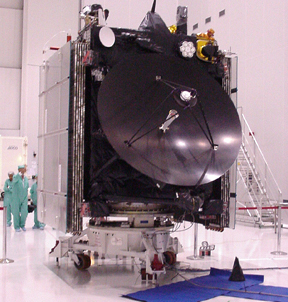The Rosetta spacecraft on its fueling stand.
Click on image for full size
Courtesy of the European Space Agency
Rosetta Mission Page
The Rosetta Mission was suppose to launch in January 2003. Unfortunately, the launch had to be delayed! The good news is that Rosetta has a new launch date, February 26, 2004.
Rosetta will not meet up with comet Wirtanen as was originally planned. Instead, the spacecraft will fly towards comet 67P/Churyumov-Gerasimenko. (shortened as comet C-G)
After launch, Rosetta will then begin a ten year journey to the comet C-G. Rosetta will study this comet in detail, in hopes that this will lead to new scientific findings about all comets. Learning about comets helps us learn about our own solar system and about how the solar system originally formed.
The Rosetta spacecraft is actually made of two parts: an orbiter, which will approach the comet and then circle it, and a lander, which will touch down on the comet.
Rosetta has many complex scientific instruments that will help us find out about this comet's nucleus, coma and tail.
The Rosetta spacecraft is named after the Rosetta stone, a famous stone that allowed us to figure out what Egyptian hieroglyphics say.
Scientists are excited about new discoveries Rosetta might help make. This is the first comet mission where part of a spacecraft will actually touch down on a comet. Watch for news to come regarding the Rosetta Mission!
You might also be interested in:
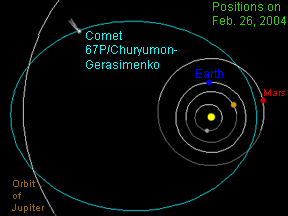
Comet 67P/Churyumov-Gerasimenko was discovered in 1969 by Klim Churyumov and Svetlana Gerasimenko. The comet orbits the Sun once every 6.57 years. Its orbit brings it closer to the Sun than Mars at the
...more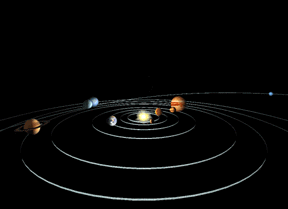
Scientists believe that the solar system was formed when a cloud of gas and dust in space was disturbed, maybe by the explosion of a nearby star (called a supernova). This explosion made waves in space
...more
The Rosetta spacecraft has many instruments that it will use to measure Comet Churyumov-Gerasimenko during its visit. This diagram shows the two cameras that make up the OSIRIS imaging system: the Narrow-Angle
...more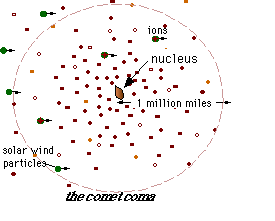
As the ices of the comet nucleus evaporate, they expand rapidly into a large cloud around the central part of the comet. This cloud, called the coma, is the atmosphere of the comet and can extend for millions
...more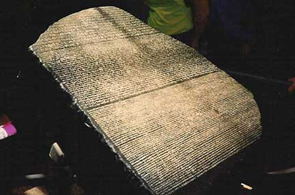
For thousands of years, the Egyptian civilization used a written language called hieroglyphics. This language was used from ancient times through the last several centuries B.C. At this point, the Greeks
...more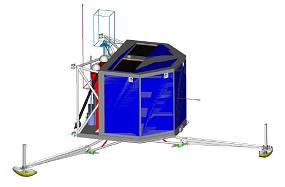
The Rosetta lander has many instruments that it will use to make measurements when it lands on Comet Churyumov-Gerasimenko. The instruments carried by the lander are described in the table below. The instruments
...more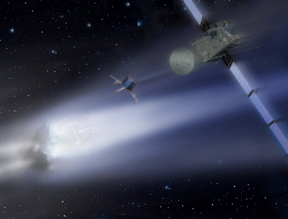
The Rosetta Mission was suppose to launch in January 2003. Unfortunately, the launch had to be delayed! The Rosetta spacecraft was suppose to be launched on an Ariane 5 rocket. A month ago, another Ariane
...more


